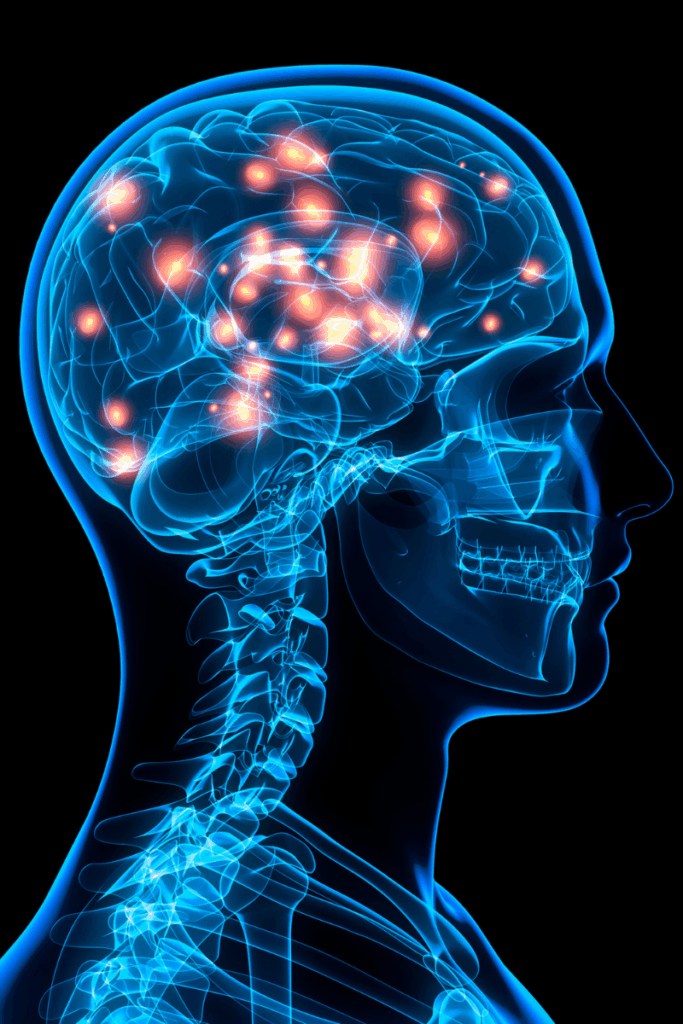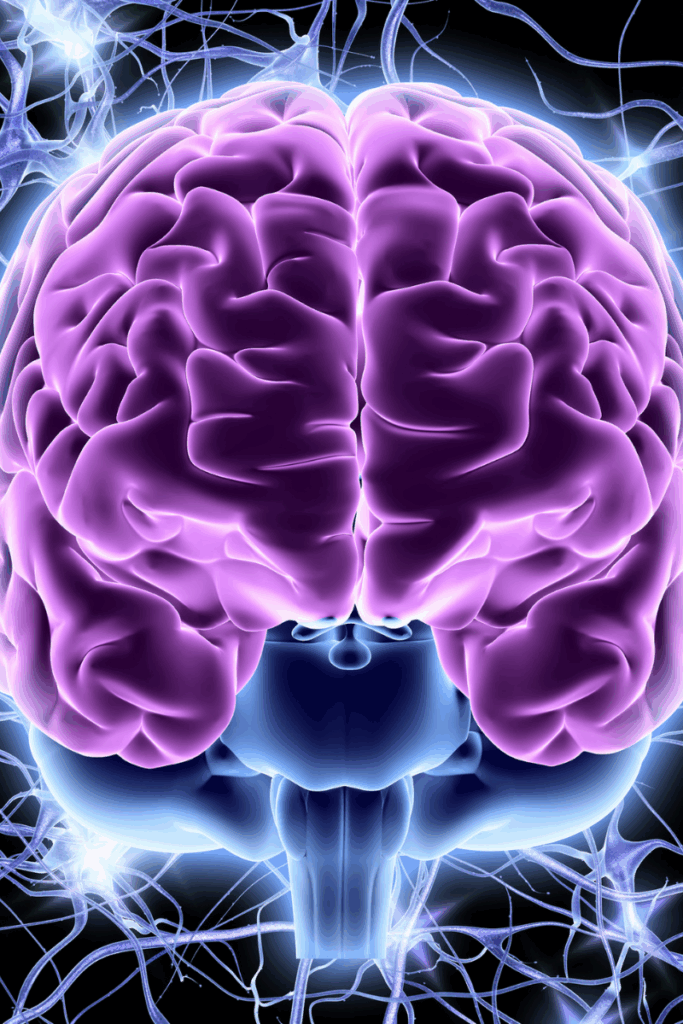CRPS is a condition known for causing chronic pain and discomfort in the body and, as anecdotal evidence has suggested, the eyes. Find out how CRPS affects the eyes in our blog.
As a chronic pain condition, complex regional pain syndrome is known for causing a wide range of extremely painful symptoms, such as joint stiffness, swelling, changes in skin texture, and burning, in the affected area. At Brian Barr, we are a leading CRPS lawyer firm who understands how difficult everyday life can be for sufferers of the illness. As well as causing pain, CRPS has the ability to spread and cause severe symptoms in other areas of the body, including the eyes. In this blog, we outline how CRPS affects the eyes and what symptoms it can cause. Continue reading to find out more.
Although there is no research to prove that there is in fact a link between CRPS and eye problems, there has been strong evidence to suggest so, and many patients in the past have suffered from a wide range of uncomfortable symptoms in their eyes as a result of, what evidence suggests, being a CRPS sufferer. Common symptoms that CRPS patients should look out for are blurred vision, double vision, poor focus, sensitivity to light, dry eyes, with a less common symptom being droopy eyes. Sufferers have also reported seeing flashes and zig-zags in their vision, with sharp, stabbing, and shooting pains taking place through their eyes.
Why does CRPS affect the eyes? Unfortunately, there is no definitive answer to this question, much like the question as to why CRPS develops in the first place. As a CRPS lawyer firm, we have worked with many patients in the past and understand how irritating it is to not have the answers to your questions. This being said however, experts do know that the condition can develop in the face and head as a result of a traumatic encounter, such as surgery, tooth removal or after having a lesion (wound, bruise, ulcer, abscess or tumour). It’s a well known fact that pre-existing CRPS and surgery don’t go hand in hand. Suffering with CRPS in the face or head makes the eyes much more vulnerable to effects of the disease.
In order to understand how CRPS will affect an individual patient’s eye, two things must be understood; the initial state of the eye and the type of injury that occurred to the eye. Although there is no cure for CRPS, there are methods of pain relief that can ease any pain and discomfort caused to the eye area as a result of the disease. In a past case, a CRPS patient suffered a trivial swipe injury in his left eye, which caused initial symptoms of redness and lacrimation in the same eye. After two months, he began to experience orbital pain, along with swelling and burning sensations, and was prescribed 100mg of medicine to take twice per day for a week. After the next examination, he continued to experience pain and had developed moist skin on his eyelid, as well as minimal resolving oedema. As a result, his medicine dosage increased to 300mg three times per day for four weeks, which then eased his pain and oedema. After three weeks had passed, the man was completely pain-free, proving that, through the right treatments, symptoms can be relieved and sufferers can return to some form of normality. Each patient’s unique circumstance should be considered in order to reach a conclusion.
All in all, there is some evidence to support the belief that CRPS has the ability to affect the eyes in many ways, however, until sufficient evidence is found, medical professionals are likely to remain highly sceptical. If you suffer with the condition and have experienced problems with your eyes in the past, leave a comment below; as an expert CRPS lawyer firm, we regularly share advice and support to sufferers on our blog and social media pages, so get in touch with us on Facebook and Twitter. If you suffer from chronic pain caused by CRPS started by an accident, contact our accident solicitors Manchester to see if you are owed compensation.
We do not endorse any research, studies or sources mentioned within our blogs and comments. Furthermore, we do not endorse any medical advice provided, and would strongly recommend anyone seeking medical advice to contact their local healthcare provider.
















